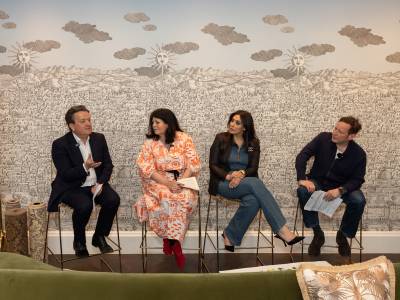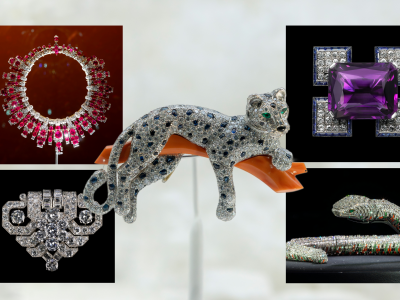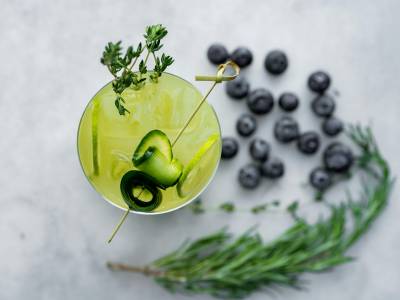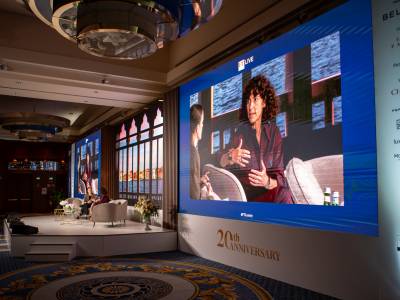She found herself stepping some way outside her previous comfort zone in 2018, when, having caught the eye of Hollywood, she was cast in the plum role of Victoria in Cats, director Tom Hooper’s adaptation of the 1981 Andrew Lloyd Webber musical. At the time, social media got its knickers in a ridiculous twist over the fact that the mixed-race Hayward had been cast to play a white cat. (As she told me at the time: “I always knew that I was auditioning for the white cat. It’s as simple as: I was auditioning for a cat. No way would I audition for a human who had to be white skinned.”) Hopes were high for the project, and who knew, might a career in Hollywood be beckoning?
However, it was not to be. Through no fault of Hayward’s, the film was a now infamous critical and box office bomb. Still, I can’t help wondering: does she nevertheless relish the memories of making it? “Yes,” she says, without hesitation. “I have no regrets. I can’t imagine my life now without having met the people that I met making that film. Actually, I met some of the cast a few weeks ago, and we went for dinner. The film was really hard work, it was really testing at times, long hours on set together, and so we all have this kind of amazing bond that you can’t shake. Can you believe,” she says, as if she genuinely still can’t quite believe it, “that I could email Judi Dench if I wanted to?” “I bumped into Judi by accident on holiday,” she adds, “and I had this surreal moment where I could go over and talk to her like a friend. And so many of the others, too — just ‘pinch me’ kind of stuff. It’s crazy.” She gives one of many endearingly big, unguarded laughs. “Even when I think back, I just can’t believe some of the experiences, that they’re really real, like hanging out with Taylor Swift — she made me a song, ‘Beautiful Ghosts’, and she sang it to me.”
You can’t help suspecting that Hayward’s legions of ballet-fancying fans were secretly, guiltily relieved that Cats tanked, thereby — for the moment, at least — presumably reducing the likelihood of Hollywood claiming her. That said, if the call were to come again, would she give the movies another go? “I’d love to do another film,” she says. “Definitely. You know, I don’t think films generally need to take up so many months as Cats did. I think what’s wonderful is to be somewhere like the Royal Ballet, where they’re so happy for us to go and explore other adventures for a bit. So, yes. I don’t think it would take me away from ballet for too long if I did, and I’d really love the experience. But I’m definitely not going to cut my career short for films. “No,” she concludes. “I know that ballet is a short career, and I want to know that when I retire I gave it everything. So, yeah, I’m not going away.”
The Royal Ballet performs Rhapsody along with Scènes de ballet and A Month in the Country in a Frederick Ashton triple bill from 23 April to 2 May. Royal Opera House, London WC2E 9DD; 020 7304 4000; roh.org.uk










